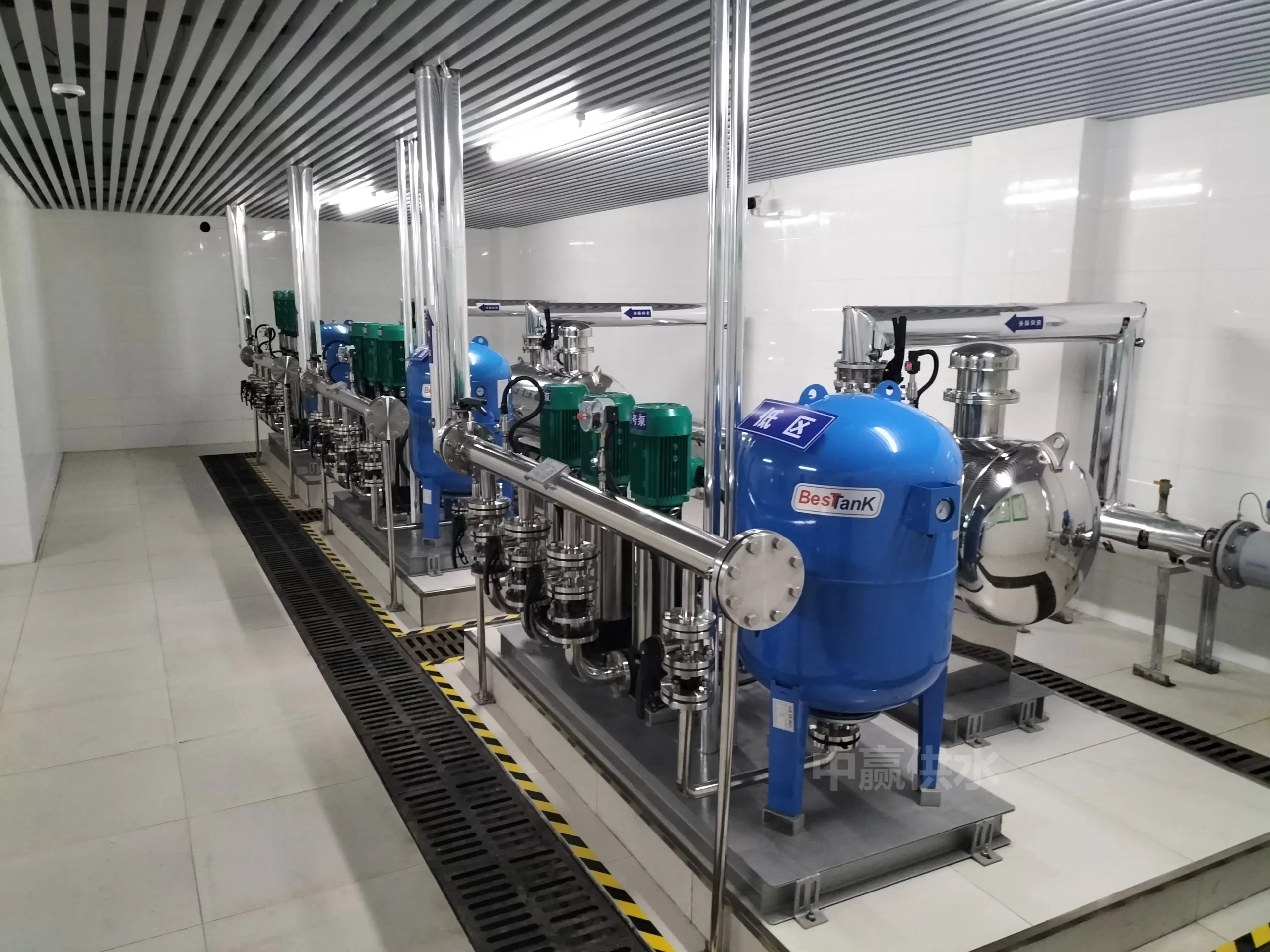Mechanical seals are critical components in chemical pumps, responsible for preventing fluid leakage and ensuring safe, reliable operation. Since chemical pumps often handle corrosive, high-temperature, or high-pressure media, the seals are exposed to extreme working conditions. Over time, this can lead to various types of seal failures if not properly managed.
This article analyzes the most common mechanical seal failures, their causes, and effective preventive measures to help improve pump reliability and reduce maintenance costs.

1. Seal Leakage
Symptoms: Visible fluid leakage at the seal faces or auxiliary sealing points.
Common Causes:
Excessive wear or deformation of seal faces
Impurities, crystallization, or deposits between the sealing surfaces
Spring failure or insufficient compression
Misalignment during installation or excessive axial movement
Aging or damaged O-rings
Vaporization of the pumped medium or excessive vibration
2. Face Burning or Heat Damage
Symptoms: Seal faces appear blackened, burned, or cracked.
Common Causes:
Dry running — lack of liquid lubrication between seal faces
Clogged or interrupted cooling/flush system
Poor material compatibility of the seal pair
Over-tightened springs causing excessive friction heat
Inadequate cooling for high-temperature media
Tip: Always ensure proper lubrication and cooling circulation before starting the pump to avoid dry friction.
3. Spring Failure
Symptoms: The spring loses elasticity, breaks, or shows signs of corrosion.
Common Causes:
Improper material selection (non-corrosion-resistant spring)
Accumulation of crystal or sediment causing blockage
Metal fatigue due to prolonged high-temperature operation
Uneven or excessive compression during installation
Recommendation: Choose alloy or coated springs for corrosive or acidic environments.
4. O-Ring Aging or Damage
Symptoms: O-ring hardening, cracking, swelling, or surface deterioration.
Common Causes:
Incompatibility with pumped chemicals (e.g., Viton not suitable for strong alkalis)
Excessive temperature or pressure
Improper installation, causing O-ring cuts or extrusion
Prevention: Select O-ring materials based on chemical compatibility charts and replace them regularly during maintenance cycles.
5. Seal Failure Due to Vibration
Symptoms: Irregular or intermittent leakage due to fluctuating seal gaps.
Common Causes:
Shaft imbalance or coupling misalignment
Bearing wear or rotor eccentricity
Excessive pipe stress transmitted to the pump body
Solution: Ensure precise alignment during installation and monitor vibration levels with condition sensors.
6. Chemical Corrosion
Symptoms: Corrosion or pitting on metal seal components or seal faces.
Common Causes:
Highly corrosive chemical media
Contaminated flushing or cooling fluids
Frequent pH changes in process fluids
Recommendation: Use corrosion-resistant materials such as Hastelloy, PTFE, or Silicon Carbide for aggressive media applications.
7. Preventive Maintenance Tips
To maximize mechanical seal life and prevent costly downtime, implement the following best practices:
Proper Seal Selection – Match the seal design and materials to the chemical properties, pressure, and temperature of the medium.
Precision Installation – Ensure correct face alignment, compression, and parallelism.
Maintain Cooling and Flush Systems – Prevent dry running and ensure continuous lubrication.
Minimize Vibration and Misalignment – Check shaft balance and coupling accuracy regularly.
Periodic Replacement of O-Rings and Springs – Avoid degradation from wear or chemical exposure.
Monitor Operating Parameters – Track temperature, pressure, and flow rate to detect early warning signs.
Conclusion
Mechanical seals are the heart of any chemical pump’s sealing system. Even minor seal failures can lead to leakage, product loss, and safety hazards. Through proper seal selection, precise installation, and proactive maintenance, operators can significantly improve seal reliability, extend service life, and ensure safe, efficient pump operation.
A well-maintained mechanical seal not only prevents leakage but also enhances overall pump performance, energy efficiency, and plant safety — key factors for modern chemical processing industries.







